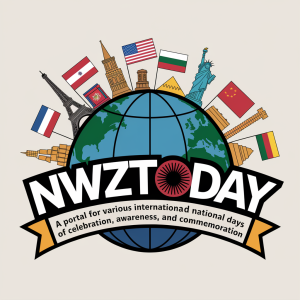The International Day to End Obstetric Fistula, observed annually on May 23, is a reminder of the critical need to address maternal health and eradicate obstetric fistula globally. This day serves as a rallying cry to shed light on a condition that has devastating effects on women and girls, primarily in underserved communities.
What is Obstetric Fistula?
Obstetric fistula is a medical condition caused by prolonged, obstructed labor without timely medical intervention. It leaves women incontinent, often leading to social isolation and deep emotional scars. Yet, the condition is preventable and, in most cases, treatable with proper healthcare services.
Why is this Day Celebrated?
The International Day to End Obstetric Fistula is celebrated to generate awareness, encourage actions to provide access to quality maternal health services, and support the rehabilitation of affected women. It underscores the importance of universal health coverage and gender equality as fundamental pillars of sustainable development.
The History of the Day
Established by the United Nations in 2013, this day is part of a global initiative to end obstetric fistula within a generation. The campaign aligns with international efforts to achieve Sustainable Development Goal 3, which focuses on ensuring healthy lives and promoting well-being for all.
Significance of the Day
Every year, an estimated 50,000 to 100,000 women worldwide develop obstetric fistula, with many more living undiagnosed. The day is significant because it highlights the plight of these women and mobilizes resources and political will to prevent and treat the condition.
How is it Observed?
Organizations, governments, and communities observe May 23 through various activities:
- Hosting awareness campaigns and educational programs.
- Providing free medical camps and fistula repair surgeries.
- Promoting women’s empowerment through skill-building initiatives.
- Advocating for improved maternal healthcare policies.
Fun Facts About Obstetric Fistula
- Obstetric fistula has been eradicated in most high-income countries due to improved childbirth practices.
- The condition has been documented since ancient times, with cases recorded as far back as 1550 BCE.
- Fistula repair surgeries have an impressive success rate of over 90%.
What Can You Do?
As global citizens, we all have a role to play in ending obstetric fistula:
- Spread awareness about the condition and the importance of maternal health.
- Support organizations working to provide healthcare to underserved women.
- Advocate for gender equality and access to quality healthcare for all.
Let’s come together this May 23 to amplify the voices of affected women and drive the change needed to end obstetric fistula once and for all.
Let’s make a difference – one step at a time!








